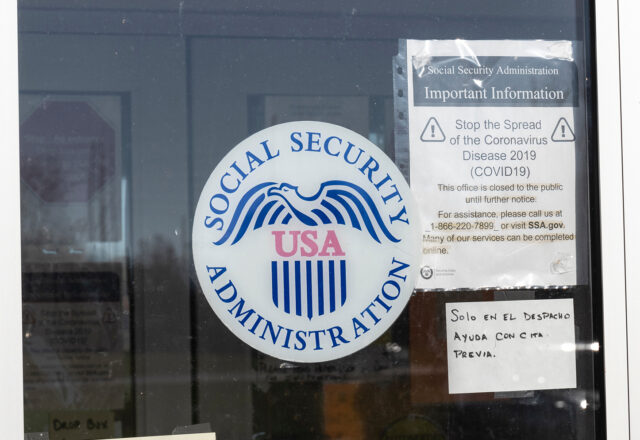
COVID’s Small Impact on Future Mortality
The most COVID deaths were among Americans over age 60, who accounted for 300,000 of the 500,000 U.S. deaths from the disease in its first year.
A new study by the Center for Retirement Research finds, not surprisingly, that the oldest survivors of the early months of the pandemic were healthier than those who died from the virus. Taking this into account, the researchers estimated what mortality might look like in a “post-COVID” world in an analysis that was based on a big assumption – that COVID’s deaths were confined to a single year.
Factoring in the early impact of the virus, the researchers found that, despite COVID’s tragic toll in the over-60 population, their future mortality would decline only slightly because the number of COVID deaths was low relative to the group’s overall population.
Even a small drop in mortality might seem counterintuitive at a time the media were widely reporting that COVID was causing a dramatic increase in the annual death rate. But future mortality is different.
The researchers decided to test whether mortality would decline over the next decade because the older people who survived the pandemic were less likely to have the medical conditions like heart disease, high blood pressure, and cancer that made others in their age group vulnerable. COVID’s survivors are a healthier population, they explained, with lower mortality rates than those who entered the pandemic.
The starting point for the analysis was the pre-COVID population over 60 in April 2019. The 2019 population, complete with data on its health and demographic information, was used to estimate the size and composition of the older population in April 2021, adjusted for the number of deaths of various causes over the previous year. The 2021 estimate was the basis for new life tables in a post-COVID world, which could be compared with the pre-COVID life tables.
Using the new life tables, the researchers calculated the mortality changes that might play out over 10 years for four different age groups – the 60s, 70s, 80s, and 90s. Each group’s mortality declined. Predictably, COVID had the most impact on the 90-year-olds’ mortality rate because a larger share of them died from the virus.
But the virus’ targeting of older people had only a negligible impact on their mortality because those who died were a small share of the 78 million Americans over 60, the researchers said – and an even smaller share of the total U.S. population.
To read this research brief, authored by Gal Wettstein, Nilufer Gok, Anqi Chen, and Alicia Munnell, see “Will Survivors of the First Year of the Pandemic Have Lower Mortality?”
The research reported herein was derived in whole or in part from research activities performed pursuant to a grant from the U.S. Social Security Administration (SSA) funded as part of the Retirement and Disability Research Consortium. The opinions and conclusions expressed are solely those of the authors and do not represent the opinions or policy of SSA, any agency of the federal government, or Boston College. Neither the United States Government nor any agency thereof, nor any of their employees, make any warranty, express or implied, or assumes any legal liability or responsibility for the accuracy, completeness, or usefulness of the contents of this report. Reference herein to any specific commercial product, process or service by trade name, trademark, manufacturer, or otherwise does not necessarily constitute or imply endorsement, recommendation or favoring by the United States Government or any agency thereof.
Comments are closed.







Those who died were mostly in God’s waiting room. While we don’t know how many more would have died with zero lockdown, the best estimate is that we have wrecked the education of a generation and thrown millions out of work to save, on average, over the population, about 10 days of life.